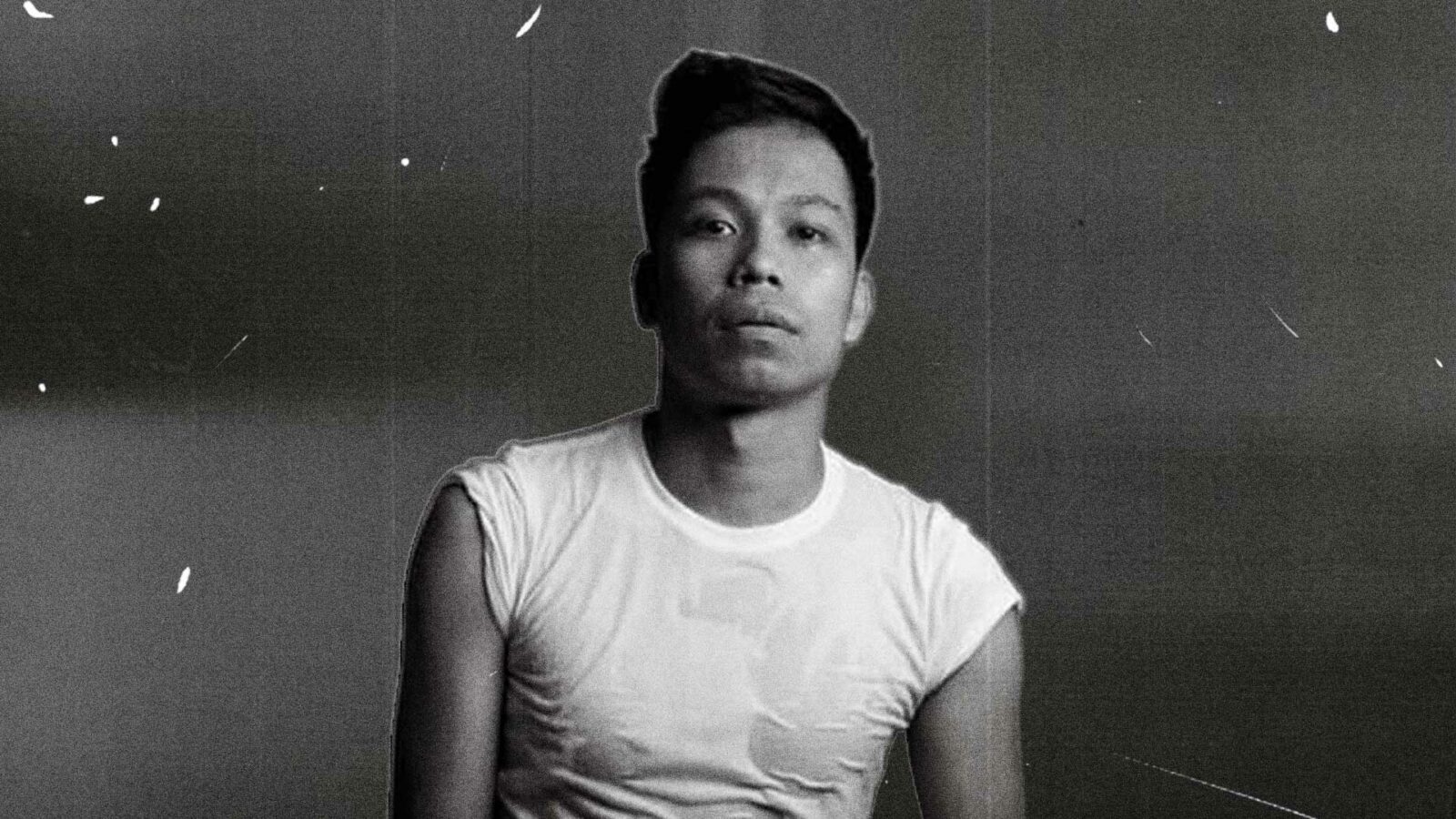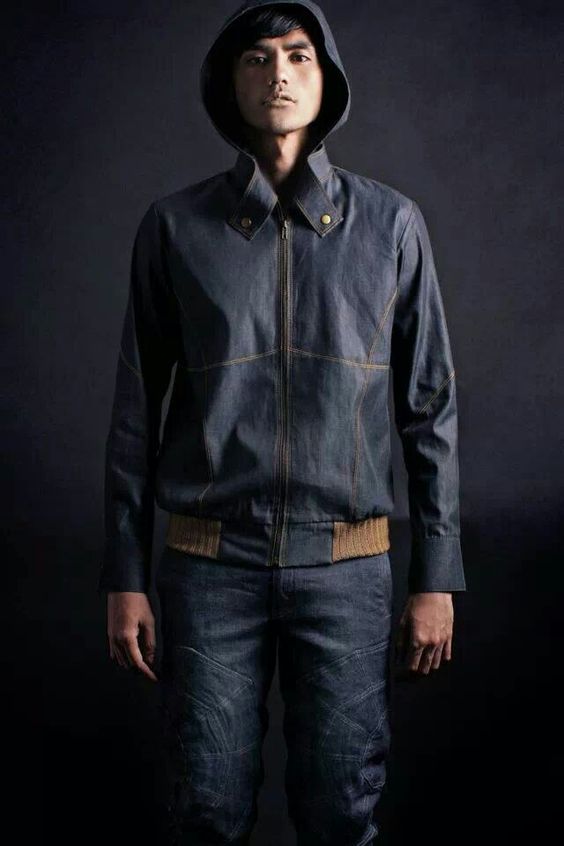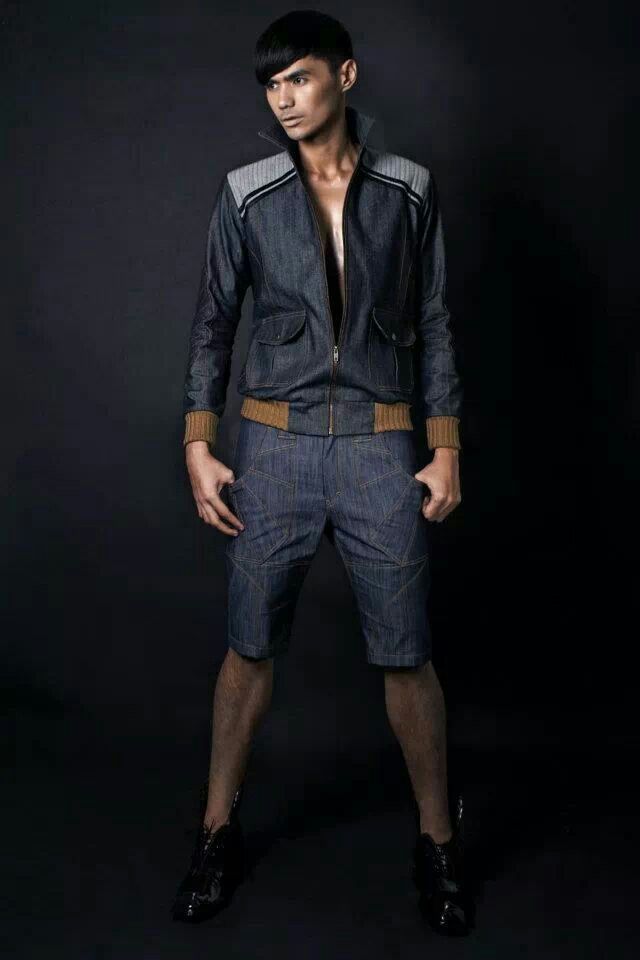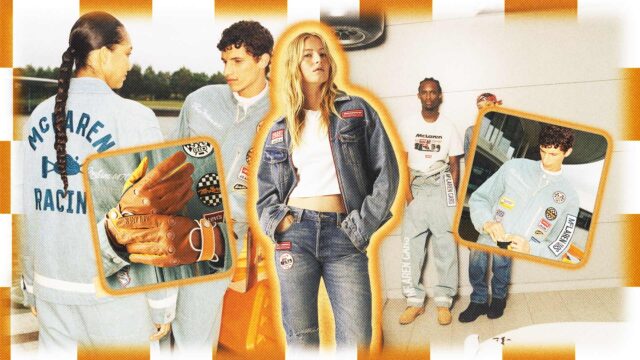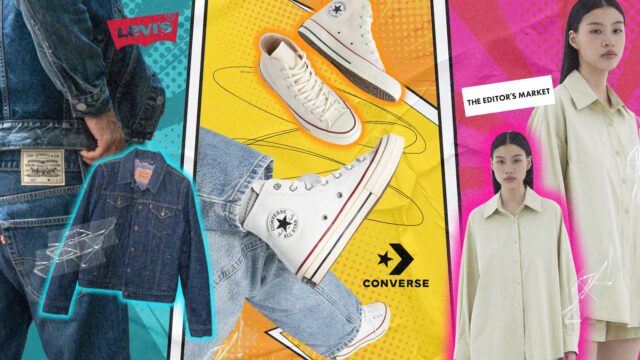With the news of his sudden passing sending tremors to the industry, we look back at the lasting legacy of Jeffrey Rogador in Philippine Fashion.
Related: IN ITS SUSTAINABLE EFFORTS, IS FASHION REALLY CHANGING THE ALARMINGLY WASTEFUL WAYS OF THE PAST?
To a certain extent, every participant of fashion claims to be of and for the people, but no one holds this principle to a higher regard than that of Filipino designer Jeffrey Rogador. With a reverence and respect for the everyman, he has long adhered to the principle of community from the very beginning as a Fine Arts student at the University of Santo Tomas and a member of the Salinggawi Dance Troupe, he would not only perform but design dance costumes as well. This genesis would then trace itself to a trajectory of opportunities to enrich himself as a creative, pursuing a formal education at the Fashion Institute of the Philippines, joining the 6th edition of the prestigious MEGA Young Designer’s Competition, and eventually finding a foothold at the longstanding Philippine Fashion Week.
Keeping his focus on the consideration of the greater good and not just a select few, Jeffrey Rogador fully realized his design proposition in distinct urban streetwear, which straddled a fine line of functionalism, form, and flair. The further refinement of this aesthetic earned him international nods such as Best Jeans Award for Jeansation 2 in Monte Carlo, Monaco, as well as of collaborations with Levi’s for its global Go Forth campaign and for Jag Jeans Origins, which was presented to the exacting editorial expectations of Project Runway judge and Editor-in-Chief of Elle, Nina Garcia.
Ever the creative spirit with roots firm in the art of dance and theater, Jeffrey Rogador always made time for this first love of his, striking meaningful partnerships of passion that resulted in boundary-crossing and barrier-breaking milestones such as Costume Designer for Martin Lawrence’s Rebel, Amid Shadows, Aria, and The Winding Road for Ballet Manila, and most prodigiously, for the Richard Alston Dancer Company London for Red Run and Martin Lawrence’s Tangent, Cut & Run, Detour, and A Far Cry. On the local front, Jeffrey Rogador worked on even more commissioned collaborations with Binibining Pilipinas, Girbaud Philippines, Converse, Folded & Hung, Electricianz Watches, Ideal Vision Center, McJim Leather, Missdi Models, and B143 Apparel.
His design ethos isn’t a mere transference of an unshaken creative and diluting it for the commercial movement. From the point of ideation, the intention is earnest in a desire to exist as a function rather than a flourish. This is why from the very beginning, Jeffrey Rogador espoused the casting of real people for his campaigns and runway shows, an initiative that has brought to life a pervading Real People Wear Jeffrey Rogador effort that underscored all of his endeavors such as Manila Streetwear and his diffusion lines that included JRXX (a patriotic offshoot of ready-to-wear must-haves, JR (unapologetic streetwear style staples), and Jeffrey Rogador (the premium, bespoke line). Whatever the creative output is, you remained the most important consideration.
By no means a lip service, Jeffrey Rogador worked tirelessly on this thrust over the course of his design career. Anchored on his constant pursuit for the celebration of Philippine creativity on all fronts, he has mounted Manila Streetwear, a gathering of a diverse spectrum of people that smashed stereotypes across age, gender, color, size, and religion. The brainchild of the designer, inclusion was truly at the core, which amassed a strong following and even a Silver Stevie Award for Asia Pacific in 2019. In fact, prior to his untimely passing, Jeffrey Rogador has been quietly crafting the third cycle of his unique event, which was centered on interdependence. With the pandemic grinding the production to staggered increments of production, the idea was to transpose the show online, where modern documentary-style videos and special collaboration showcases would highlight even more real people wearing Jeffrey Rogador, reworks of resourced brand inventories, and special numbers from emerging and up-and-coming artists he had been working closely with such as Zaku, Zack Tabudlo, and One Click Straight.
Already a legacy on its own, Jeffrey Rogador was a major proponent of the sustainability movement in local fashion. With many personal hour-long conversations that ran the gamut of climate crisis and the overproduction of fashion, he certainly walked the talk by committing to the eco-conscious lifestyle by working on a no-waste policy. Here, he would make sure every bit of scrap fabric found a life as part of something else, whether it be a detail elevated or patchwork that would become a storied garment eventually. Not just one to bandwagon on a marketing buzzword, he would really read up and find own ways to extend the life of style far from the reaches of fast fashion, which he eventually passed on to the participants of Manila Streetwear where they worked on the Jeffrey Rogador pieces and added more of themselves to the hero sustainability and identity.
Guided by the greater purpose of the people in mind, Jeffrey Rogador truly believed that you make the fashion, and not the other way around. By shifting the focus back to the point of origin, the medium of expression became far more important and meaningful than just another typical trope in fashion. Fittingly, it was always more than just the clothes on your back for Jeffrey Rogador, because for him, it was an extension of your identity and story that you will be most proud of to wear. One of the most gracious, giving, and genuine souls, he never asked for anything in return other than kindness and a good time. While he persisted towards passion and pride in everything he did, it is with the same pride we will be telling the rest of the world of the man they called the people’s designer from the Philippines.
(Parts of this essay was a working draft on the designer profile the author personally worked on for the designer’s website.)
